Africa is known for its incredible wildlife, including the Big Five. The Big Five originally referred to the five most difficult animals to hunt in Africa but now simply refers to Africa’s most popular safari wildlife.
Learning about the Big Five’s conservation status and their relationship with other flora and fauna can help us protect these amazing creatures for future generations.
Read this article to discover more about protecting the Big Five, current African wild conservation efforts, and how to engage in responsible safari tourism!
Protecting the Big Five
Understanding these animals’ current threats is key to protecting the Big Five. The current biggest threats to African wildlife include:
- Poaching
- Habitat loss
- Conflict with humans
Each of these problems threatens the future and current stability of the Big Five. Let’s take a deeper look at each of the Big Five and the unique challenges that they are facing.
1. Lion
The current estimated population of lions in Africa is around 20,000 and 25,000 cats. However, many of these populations are currently struggling or dwindling, facing various threats depending on their location.
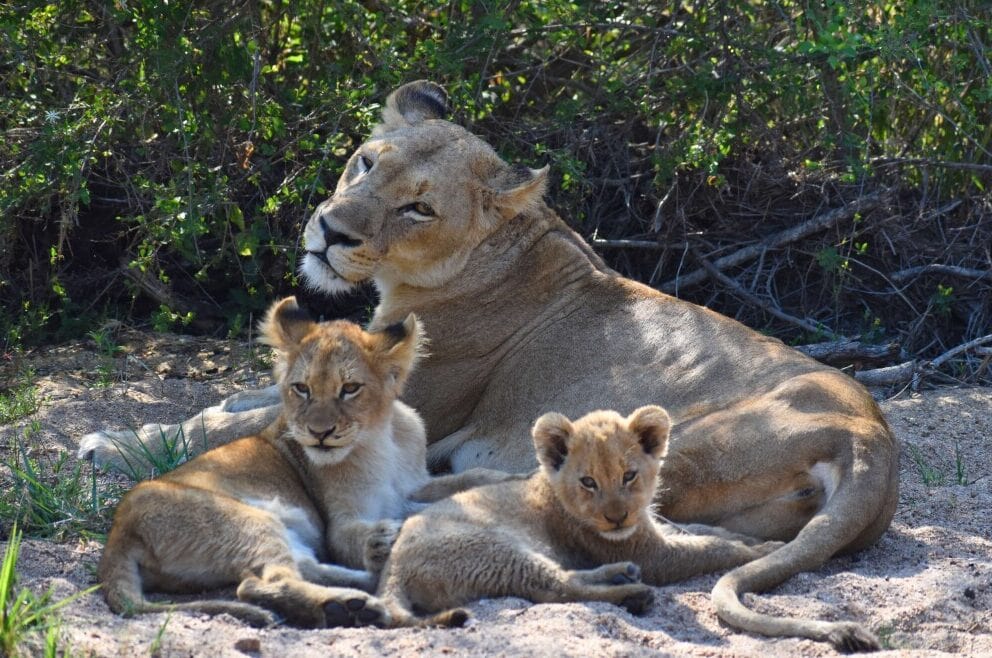
Ecological fragility remains a top concern, as does the current conflict in Sudan and a loss of prey to hunt,
2. Elephant
African elephant populations face an incredible threat due to ivory poaching, with an average of fifty-five elephants still killed every day. Both the African forest elephant and the African savanna elephant are endangered.
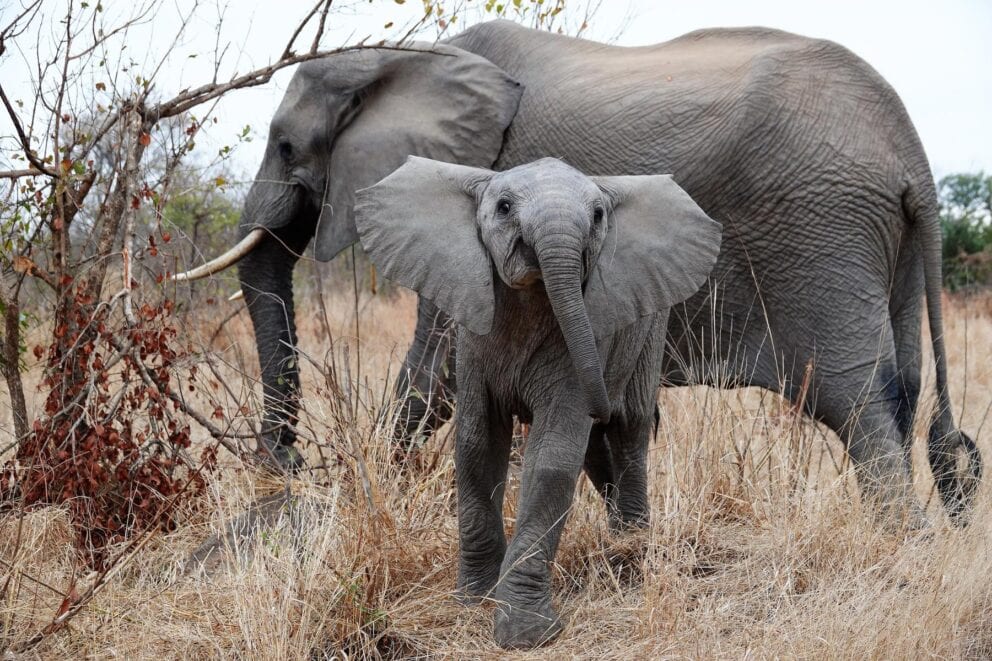
They’ve also been heavily impacted by the loss of available habitat, largely caused by agriculture and other development activities.
3. African Buffalo
Farmers commonly kill African buffalo, which are perceived as pests or considered dangerous. There are four unique species of African buffalo, including:
- Forest buffalo
- West African savanna buffalo
- Central African buffalo
- Southern savanna buffalo (Cape buffalo)
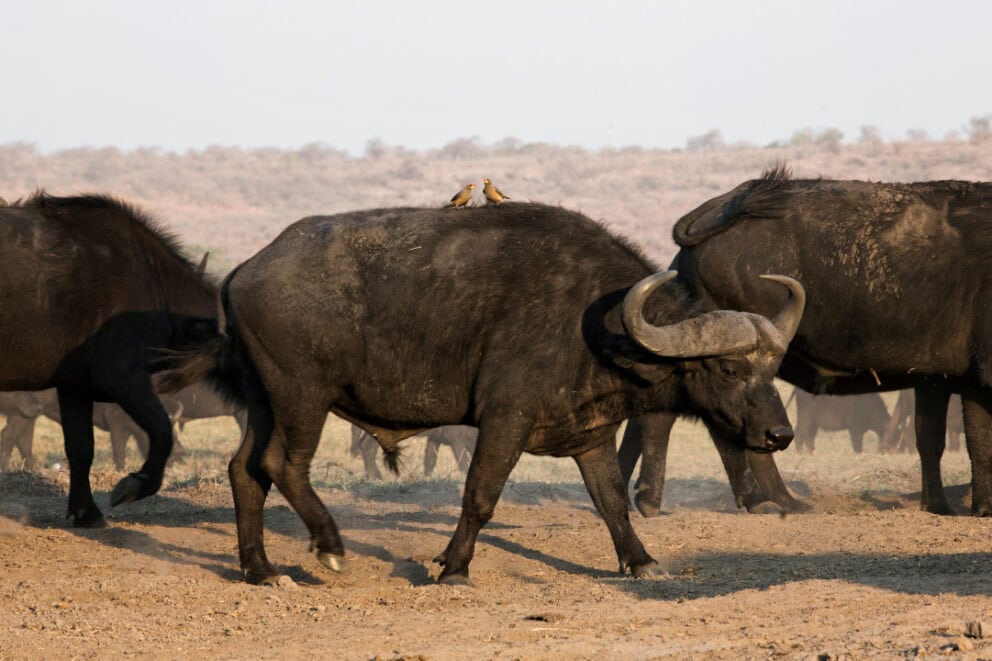
Like other members of the Big Five, habitat loss and development remain top threats.
4. Leopard
Leopards continue to be hunted for trophies in Africa, leading to endangered populations and international outcry for regulation of this trade. Illegal wildlife trade, loss of habitat, and human persecution have also created further issues for African leopards.
5. Rhinoceros
Poaching for rhinoceroses has unfortunately increased in recent years, with white rhinos in South Africa facing serious losses. However, there are plans in place to rewild some 2,000 white rhinos in Africa, thanks to a park in South Africa
Current African Wildlife Conservation
Responsible safari tourism can play a huge role in current African wildlife conservation! Wildlife tourism creates further awareness and educates people about the issues that the Big Five are facing and ways that we can help.

It also can help funnel funds back into local economies, which can be used to furtherconversation effortsand create more responsive safari tourism options.
Engage in responsible safari tourism with Discover Africa We’ve been crafting amazing and sustainable safari experiences for twenty years, offering 24/7 support and transparent pricing.









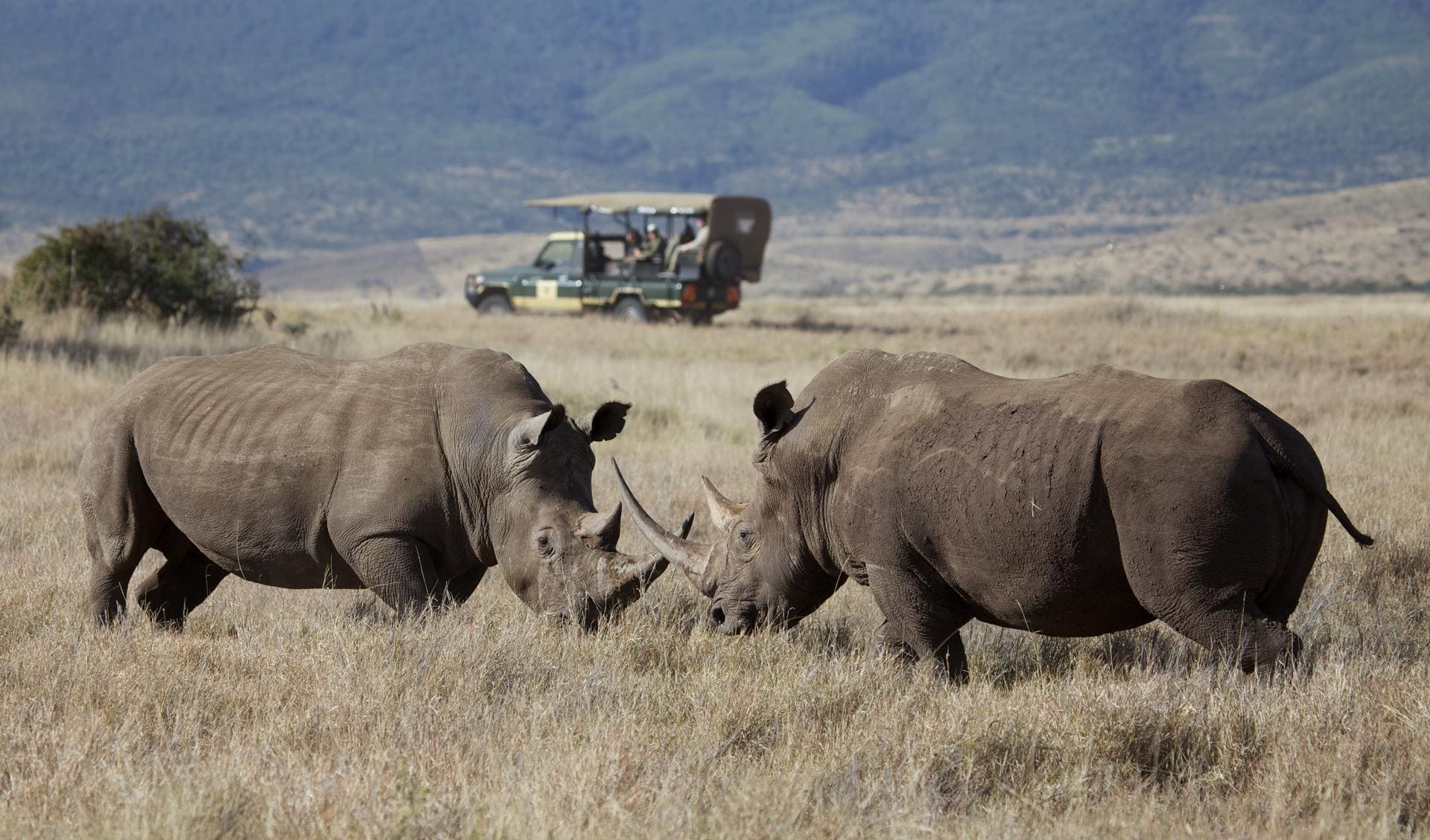
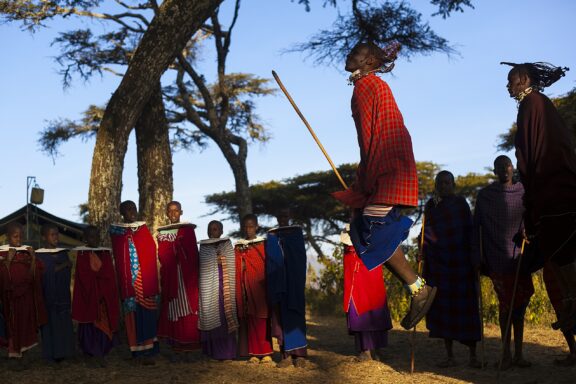
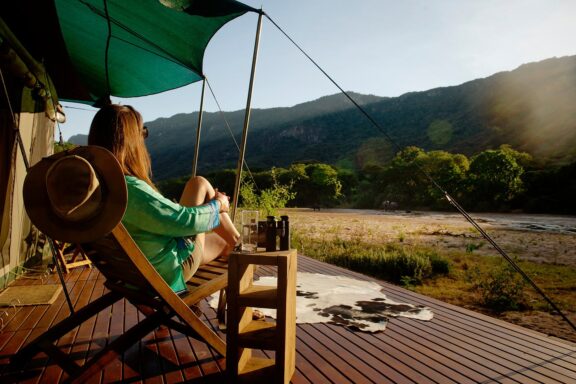
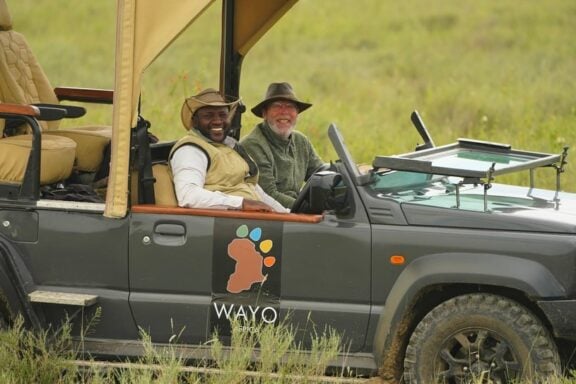
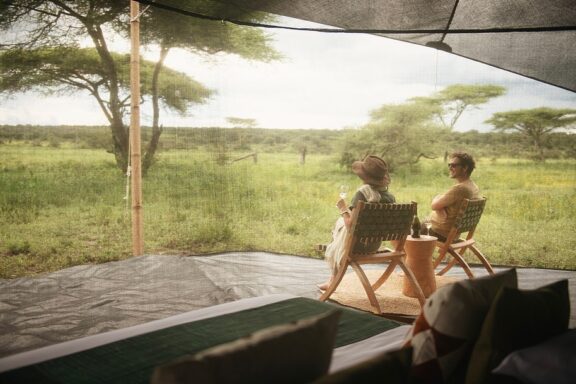





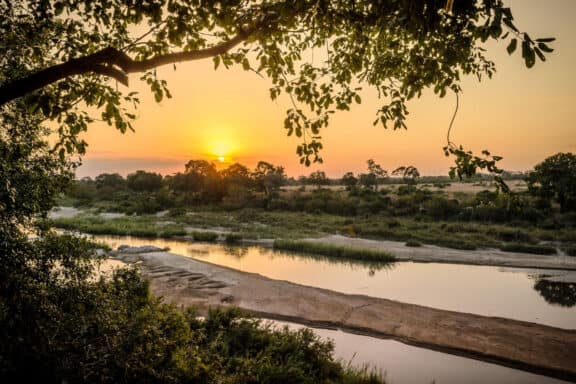





 Blog List
Blog List

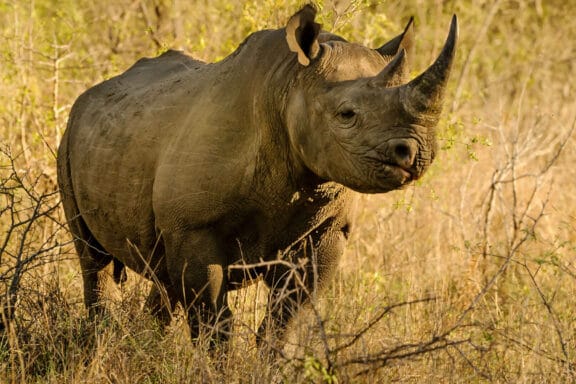
 2 May 2024
2 May 2024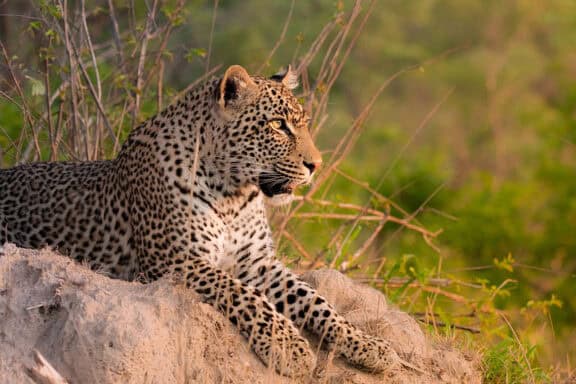








Written by Johnieka Holtzhausen
• Travel Writer
Verified by Matthys Van Aswegen
• Africa Safari Expert
Part of the Big Five Safaris Collection